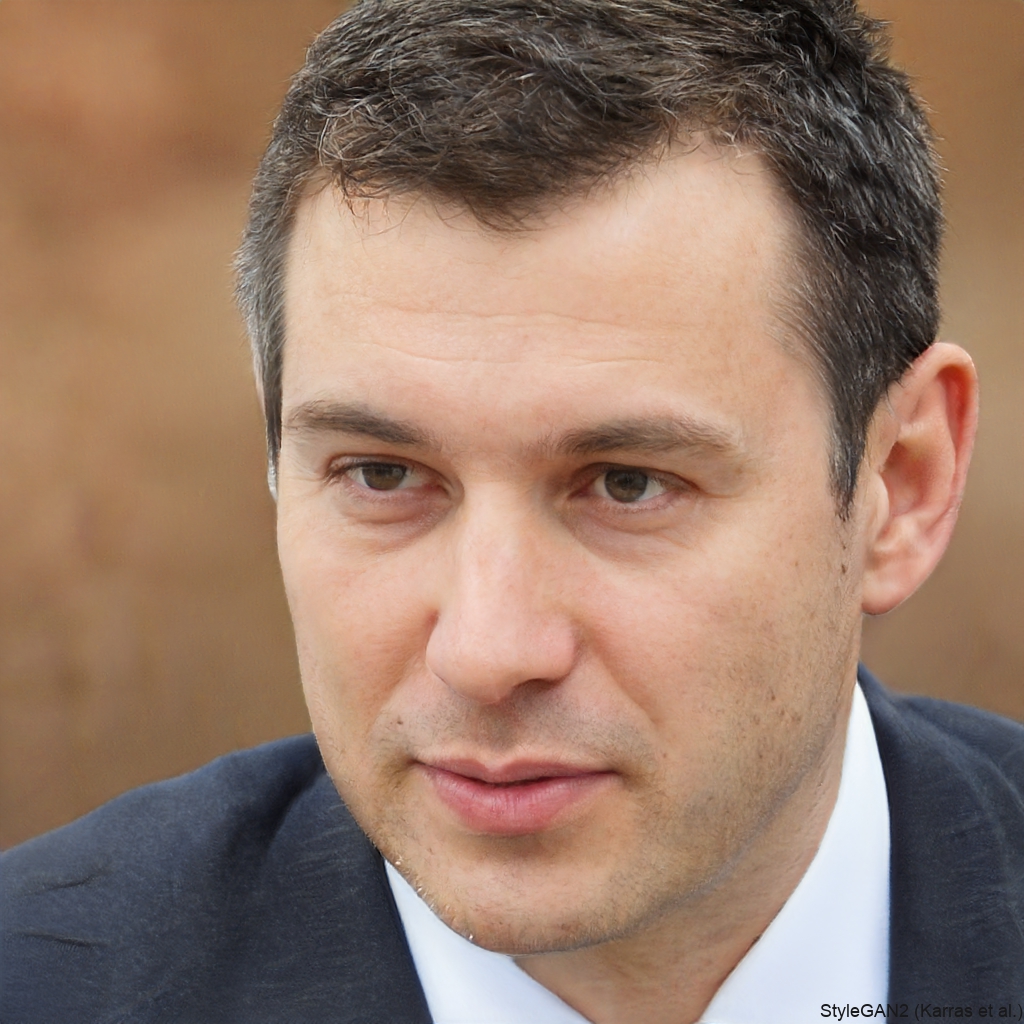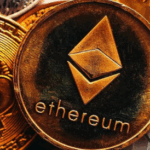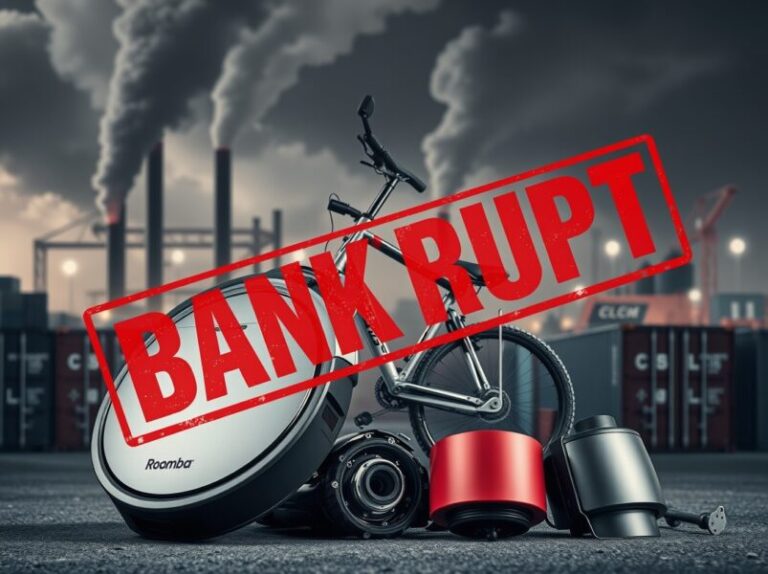In the fast-evolving world of blockchain, few concepts are as notorious—and widely misunderstood—as Ethereum gas fees. From confusing spikes during NFT drops to strategic workarounds for saving on transactions, gas fees have become a critical part of the Ethereum user experience. Whether you’re a developer deploying smart contracts or a trader making swaps on Uniswap, understanding gas fees isn’t optional—it’s essential.
So, what exactly are gas fees, why do they fluctuate so wildly, and how can you minimize them? Let’s dive deep into Ethereum’s fuel economy.
🔧 What Are Ethereum Gas Fees?
In simple terms, gas is the unit that measures the computational effort required to execute operations on the Ethereum network. Every interaction with the Ethereum blockchain—be it sending ETH, minting an NFT, or executing a smart contract—requires computational resources. Gas fees are the price users pay for using those resources.
Think of it like a toll on a highway: the more traffic or the more complex the action, the higher the toll.
⚙️ How Gas Fees Are Calculated
Gas fees are determined by:
- Gas Units (limit): The maximum amount of computational effort a transaction is allowed to consume.
- Base Fee: A mandatory minimum per-unit fee, dynamically adjusted depending on network congestion.
- Priority Fee (Tip): An optional fee you add to incentivize miners (or validators in Ethereum 2.0) to prioritize your transaction.
The total gas fee is calculated as:
Gas Fee = Gas Units × (Base Fee + Tip)
After Ethereum’s London Hard Fork (EIP-1559), the fee mechanism changed significantly—introducing the base fee and enabling partial ETH burning, which made ETH slightly deflationary.
📈 Why Do Gas Fees Spike?
Gas fees spike due to network demand. When the Ethereum network is crowded, fees go up as users compete to have their transactions included in the next block. This is known as a “bidding war” for block space.
Common Causes of Gas Spikes:
- NFT Minting Events
Popular NFT launches often trigger fee spikes as thousands rush to mint limited digital assets at once.
- DeFi Protocol Activity
During market volatility, users flock to DeFi platforms like Uniswap or Aave, causing a surge in transactions.
- Congestion from Bots
Bots attempting arbitrage or high-frequency trades can flood the network, increasing base fees.
- Airdrops or Token Distributions
News of eligible airdrops or token claims causes waves of users trying to interact with a particular smart contract.
- General Bull Market FOMO
When markets rally, everyone—from newbies to whales—races to make moves, clogging up Ethereum’s limited bandwidth.
🧠 Understanding the Technical Bottlenecks
Ethereum’s block size limit means only a certain number of transactions can be included in each block, which is produced roughly every 12 seconds. When demand exceeds supply, miners/validators prioritize transactions with higher tips, pushing out lower-fee transactions and increasing the average gas cost.
Despite Ethereum’s transition to Proof of Stake (The Merge) in 2022, gas fees were not directly reduced. The upgrade made the network more energy-efficient, but scalability improvements (and gas fee reductions) are largely being handled by Layer 2 solutions.
🛠️ How to Save on Gas Fees
Thankfully, you’re not powerless in the face of rising fees. Here are strategic ways to reduce the cost of interacting with Ethereum:
1. Use Layer 2 Solutions
Layer 2 networks like Arbitrum, Optimism, zkSync, and Base process transactions off-chain or in rollups, dramatically reducing fees while still benefiting from Ethereum’s security.
💡 Example: A swap on Arbitrum may cost less than $0.10 compared to $10–$50 on Ethereum mainnet.
2. Time Your Transactions
Gas prices fluctuate throughout the day. Tools like Etherscan Gas Tracker, GasNow, or Blocknative help you find the best times to transact—typically during off-peak hours (late at night UTC).
3. Set a Max Fee with EIP-1559 Transactions
Wallets like MetaMask allow users to set maximum base and priority fees. This protects you from sudden spikes and keeps transactions predictable.
4. Use More Efficient DApps
Not all decentralized applications are coded equally. Some are gas-guzzlers. Choose protocols that are optimized for low-cost transactions.
💡 Look for dApps that batch transactions or offer built-in L2 support.
5. Batch Transactions When Possible
Some wallets and platforms allow batching—sending multiple actions in a single transaction. This helps reduce cumulative fees.
6. Explore Alternatives to Ethereum
For frequent, low-value transactions, blockchains like Polygon, Avalanche, or Solana may be more cost-effective. Many are compatible with Ethereum and offer token bridges to move assets across chains.
🚀 The Road Ahead: Ethereum’s Gas Fee Future
Ethereum developers are well aware of the gas fee challenge. Several upgrades are on the roadmap:
🔹 Proto-Danksharding (EIP-4844)
Expected in future upgrades, this introduces “blob” data for cheaper rollup transactions, making Layer 2 even more scalable and affordable.
🔹 Full Danksharding
A more ambitious long-term upgrade, Danksharding will dramatically increase data availability and block capacity, paving the way for massive scalability.
🧩 Final Thoughts
Ethereum gas fees are often a source of frustration, but they also reflect the network’s high utility and demand. Understanding the mechanics behind gas, the causes of spikes, and the tools to mitigate costs is essential for anyone interacting with the Ethereum ecosystem.
As Ethereum continues to evolve through Layer 2 expansion and protocol upgrades, the days of $100 gas fees for simple tasks may soon be behind us. Until then, savvy users will arm themselves with knowledge—and perhaps a good gas tracker.
John Somerset is a veteran financial analyst and crypto columnist who brings a traditional finance lens to decentralized markets. With roots in hedge fund management, John now focuses on altcoin trends, Bitcoin market cycles, and macroeconomic drivers of digital asset adoption. His data-driven insights offer clarity in the often chaotic world of crypto investing.










